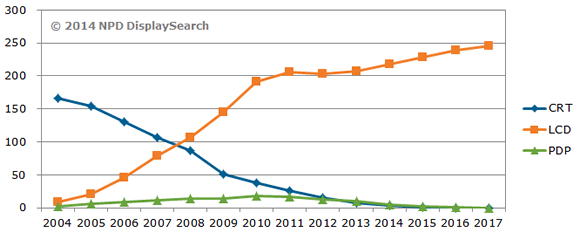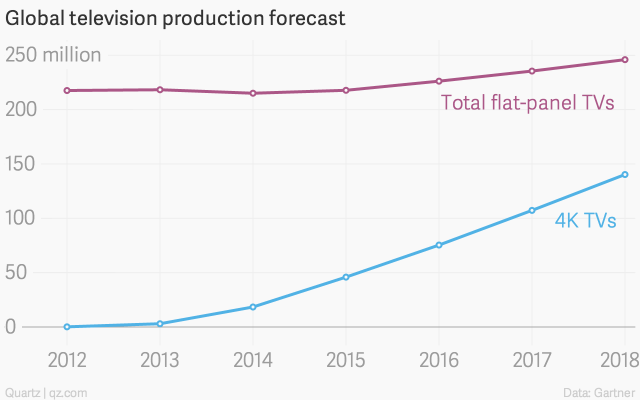MistaSparkul
2[H]4U
- Joined
- Jul 5, 2012
- Messages
- 3,511
There isn't just one FALD monitor, there is also the ASUS PG35VQ, and that has 512 dimming zones.
But have you seen the reviews, you have halo effects around white pointers in the domming zones.
Not that noticeable in games but very noticeable on desktop.
Oleds the way to go! lol
I was talking about IPS FALD, the PG35VQ is an VA panel. A high zone count FALD is the only way I would want to use an IPS panel. 384/512 zones is definitely too few, we need a 10,000+ zone FALD to really cut down on that blooming. But I'm not waiting on that though I'll just pick up a C9/C10 LG OLED once an HDMI 2.1 gpu comes out.
![[H]ard|Forum](/styles/hardforum/xenforo/logo_dark.png)


